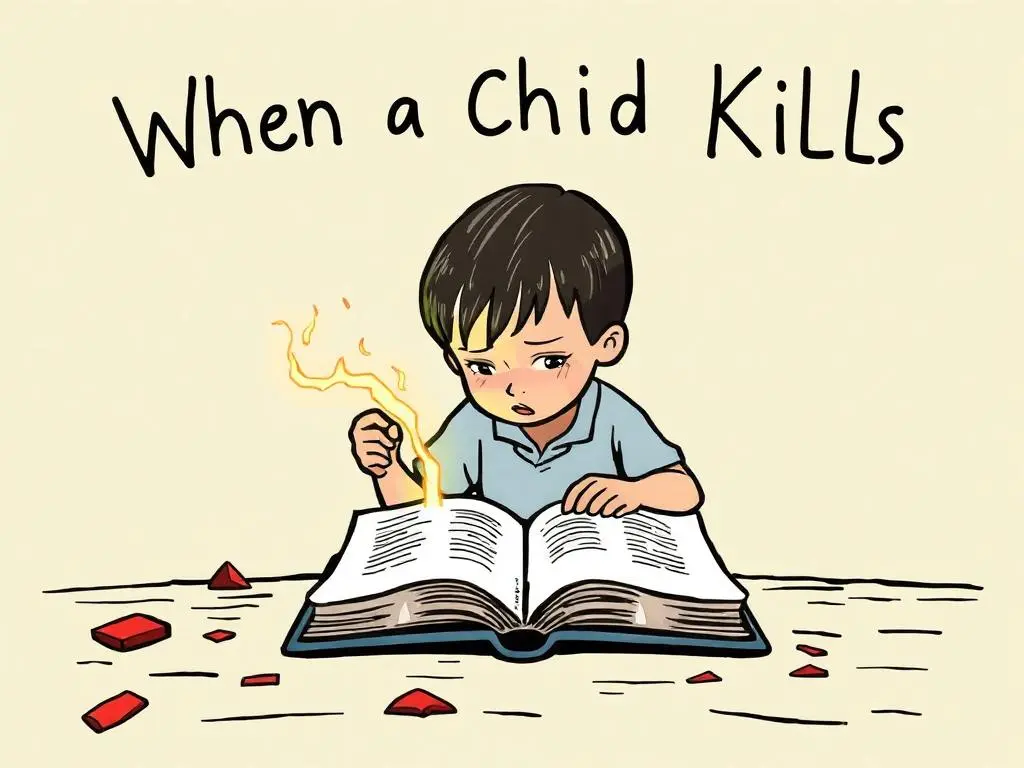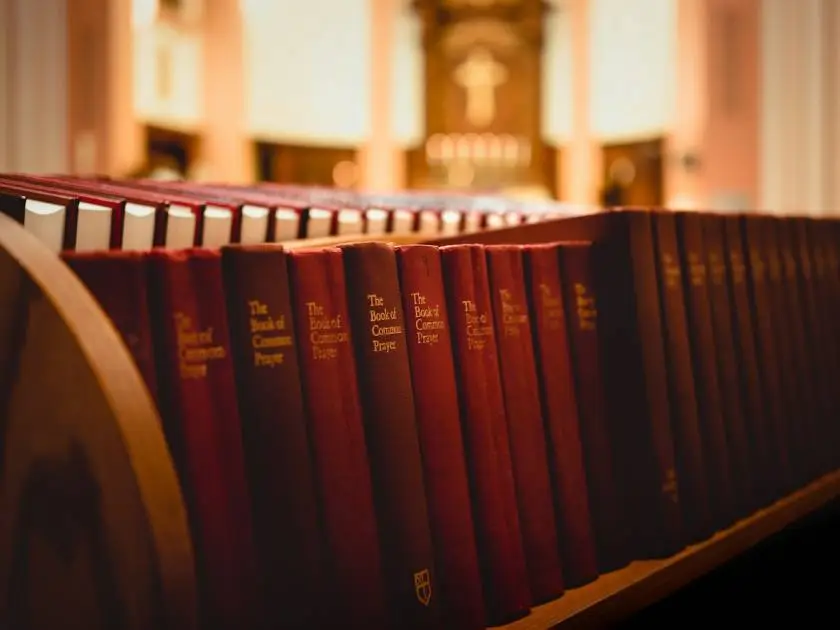Jeremy O. Harris: Brandon Taylor Subjugates Us With the Deft Hand of a Dom

REAL LIFE
By Brandon Taylor
Wallace’s father died several weeks ago, but more pressingly so did the collection of nematodes he has been diligently studying all summer in an unnamed university in an unnamed Midwestern town. Like I was quite recently, and like the novelist Brandon Taylor was once himself, Wallace is a black gay grad student from the South who is mining hope for some better or different life in the haunted halls of a white academic space. A space that demands his full attention, lest he affirm the sense that he was never meant to be there to begin with. In Taylor’s stunning debut, “Real Life,” quiet diligence toward one’s goals mutates into a spiral that leaves the mind and body bruised as if survivors of a psychic war zone.
We meet Wallace on a Friday night in his college town, as he’s trudging, begrudgingly, toward an evening hang with friends by the lake. It’s neither the death of his father nor that of his nematodes that inspires the drag of his feet, but the overwhelming dread that accompanies socializing with his fellow biochemists, a complicated composite of friends and foes. Sharp spikes of worry and repression are the heartbeat of this narrative that follows Wallace down the rabbit hole of one of the last weekends of their summer holiday in this quiet town. So goes “Real Life,” a novel that probes — painstakingly, with the same microscopic precision its protagonist uses in the lab — the ways that an anxious queer black brain is mutated by the legacies of growing up in a society (in Wallace’s case, rural Alabama) where the body that houses it is not welcome.
It is a curious novel to describe, for much of the plot involves excavating the profound from the mundane. As in the modernist novels of Woolf and Tolstoy cited in passing throughout, the true action of Taylor’s novel exists beneath the surface, buried in subterranean spaces. The rhythms and rituals of Ph.D. exam prep, vegan dinners and idle academic gossip become the landscape upon which the real work of “Real Life” is built. Taylor proves himself to be a keen observer of the psychology of not just trauma, but its repercussions: how private suffering can ricochet from one person to injure those caught in his path. The aftershocks of these childhood horrors (“He almost jumps at the fright of it, the wholeness of the memory. His body remembers. His traitorous body”) set Wallace up for further humiliation within new American contexts that are still not designed for our protagonist. For example, the jarring moment after a female colleague accuses him of misogyny in terms laced with racism and homophobia, as sharp as a stiletto: “The most unfair part of it, Wallace thinks, is that when you tell white people that something is racist, they hold it up to the light and try to discern if you are telling the truth.” He abandons the confrontation before it can escalate further, the hallway’s motion sensors failing to detect his presence. His body nothing more than an apparition, imperceptible in this space.
[ Read an excerpt from “Real Life.” ]
Over the course of a single weekend, beginning that Friday night and ending on the Monday morning of orientation, “Real Life” moves us through the stark internal realities of being young, gifted and black in a town where your peers are abundantly yt, whyte and WHITE. I was struck by the whiteness of Wallace’s surroundings, a fact of many spaces of American higher learning, and one rarely articulated in literature by writers of any race. Yet Taylor allows whiteness to move consistently on the periphery of Wallace’s gaze, in tandem with the muted hum of desire: its volume rising and falling as his field of vision encounters white hands adjusting tight shorts revealing flashes of untanned, untouched flesh. Our curiously quiet and cautious protagonist holds a well of desire that could fill the many baths he takes and then some with the viscous liquid of his desire: a desire to escape his past, a desire to find refuge in some future, a desire for a man. A desire that he has constantly sublimated and denied in favor of silent yearning, until that Friday night. Spirals always begin and end with longing, and this is true throughout “Real Life.”
The novel’s at times stunted and awkward dialogue (“Trying. What good is trying?” “You have to try. You always have to try.” “What if we’re there, but I don’t know we’re there?” “You’d know. You just would”) can clash with its often tight, beatific prose. Yet much like the tropes of queer literary lust that populate the final half of the novel (the Sulking Straight Top Who Sodomizes Without Fear of Feces), even this halting dialogue never feels wholly out of step with Wallace’s psyche, which itself functions in discordant, sometimes off-putting, thrillingly contradictory ways. Add to all this Taylor’s deeply rooted understandings of the rarefied worlds of both provincial grad school life and biochemistry in particular, which should inspire envy in every writer striving for specificity. There is a delicacy in the details of working in a lab full of microbes and pipettes that dances across the pages like the feet of a Cunningham dancer: pure, precise poetry.
An accumulation of aggressions — micro, macro, mental, physical — are piled atop both Wallace and the reader as we move through the novel, as Taylor subjugates us with the deft hand of a dom to the airless vertigo that rests at the heart of the spiral. Wallace’s memories enter the prose like whispered secrets, drowned out like the violence of his childhood home that, “when the fan in his room was going, he couldn’t hear.” Because for Wallace that’s what memories are: secrets. The simple truth of “Real Life” is that Wallace, like myself and many others who’ve wandered dark, white halls in search of a future, has made himself invisible by shedding the skin of his past, and adopting a new skin unadorned with the blemishes of history. But the only way to once again be visible, to the world or even to himself, is to adopt new bruises in place of the old, for to get where he is going, he must remember where he’s been.




